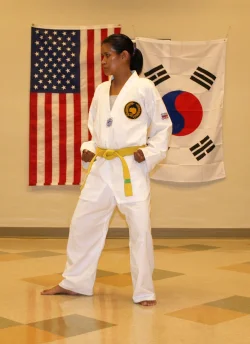I will leave it to Shotokan experts to elaborate but have seen much discussion about original Shotokan stances and those who feel they follow those parameters s being much shorter than what is often currently practice. Some Allude to Funakoshi's son as having lengthened them.
Fair point - I have limited exposure to Shotokan.
I'll retrospectively alter my wording to "like Shotokan that I've seen performed".



